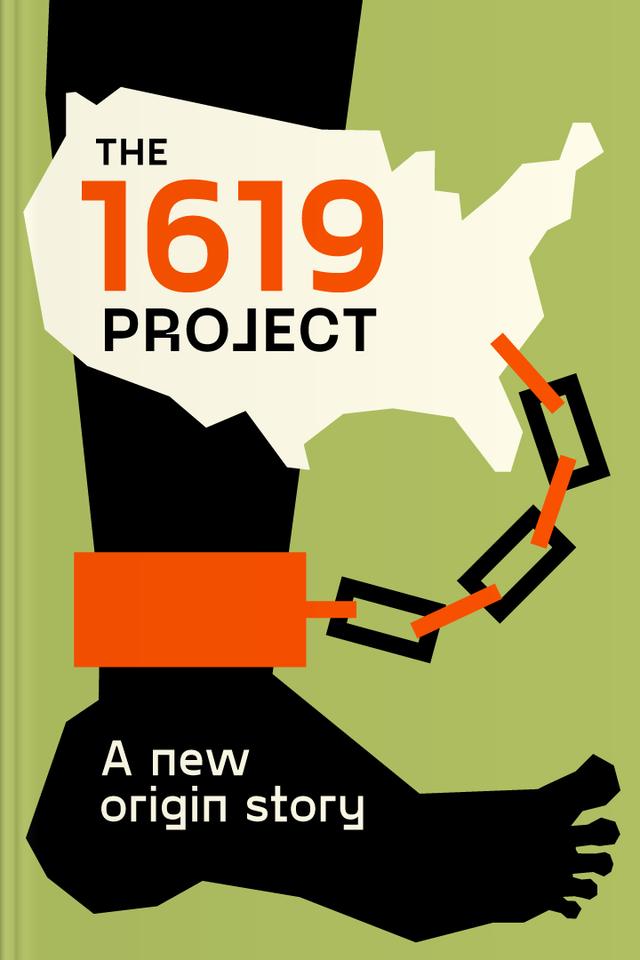You’ll learn
- Echoes of the colonial era
- How the concept of race appeared
- Role of religion in uniting African-Americans
- Biases vs. Art
russia has launched a full-scale war in Ukraine. Donate to support Ukraine and protect the world’s peace.

first KEY POINT
In the history of North America was one ship with a significant role. Everyone usually thinks about the Mayflower that brought the British Pilgrims to this land in 1620. But a year earlier, another ship arrived in the port of the Virginia colony. It marked the beginning of an important era that was also one of the most tragic.So what happened in 1619?In August, The White Lion came to the shores of America, carrying several dozens of captive Africans. They were sold to the people of Virginia and were the first of those millions who will be considered enslaved people on this territory in the next 250 years.
Enslaved people brought knowledge about growing agricultural plants, treating rare diseases, and building crafts. With their labor, they developed the economy and built institutions that glorified the young American nation and democracy. But the authorities continued to ignore the rights of these people, who constituted one-fifth of the country's population.While white men (women had very few rights then) made decisions regarding their houses, careers, and presidential candidates, black people were not even considered owners of their lives. They remained powerless and invisible on the map of America, the country they created with their own hands.The 1619 Project has become a valuable investigation primarily for the author herself. Since childhood, Nikole Hannah-Jones came across success stories that featured the achievements of white people. She did not understand if her ancestors had done something to develop the economy, politics, and social sphere in the United States. The studied sources showed her that many generations of Black people were not only the basis of the growth of the mentioned areas. They also had an additional front where they fought for their freedom and equality.This summary examines the events that occurred during the era of slavery and after its abolition. It also analyzes their impact on the state of society in the modern United States without any embellishment. Instead, each section contains pure facts to allow readers to make conclusions themselves.Did you know? A 2019 Washington Post poll showed that most Americans know very little about the history of slavery. They do not have enough knowledge to share with their children, who grow up and, in turn, do not consider it necessary to study this topic.
second KEY POINT
People need to categorize different areas of their lives to feel in control. For example, we know that buying a house is in the category of expensive things, and helping another person is in the category of good deeds. But there is an essential nuance to categorization: a sense of control should not be provided by labeling other people. It’s forbidden to assess the value of a people’s life by placing them in a specific category and comparing them with others. Unfortunately, this principle was not so obvious a few centuries ago.The separation of people by race began in the era of slavery. This action had well-calculated political and economic reasons. When a white man had sexual relations with a black woman, it was complicated to determine the status of their children — do they get rights like their father or remain in the same position as their mother? The adopted rules concerned the second option. Newborn children “inherited” the race of mothers and remained enslaved people, which allowed the enslavers to increase the amount of free labor. Black women, who could not protect themselves, their bodies, and their children, were in the most terrible position.Several centuries later, people still encountered problems with maniacal desires to distribute everyone in their place.

Continue reading with Headway app
Continue readingfirst KEY POINT
second KEY POINT
third KEY POINT
fourth KEY POINT
fifth KEY POINT
sixth KEY POINT
seventh KEY POINT